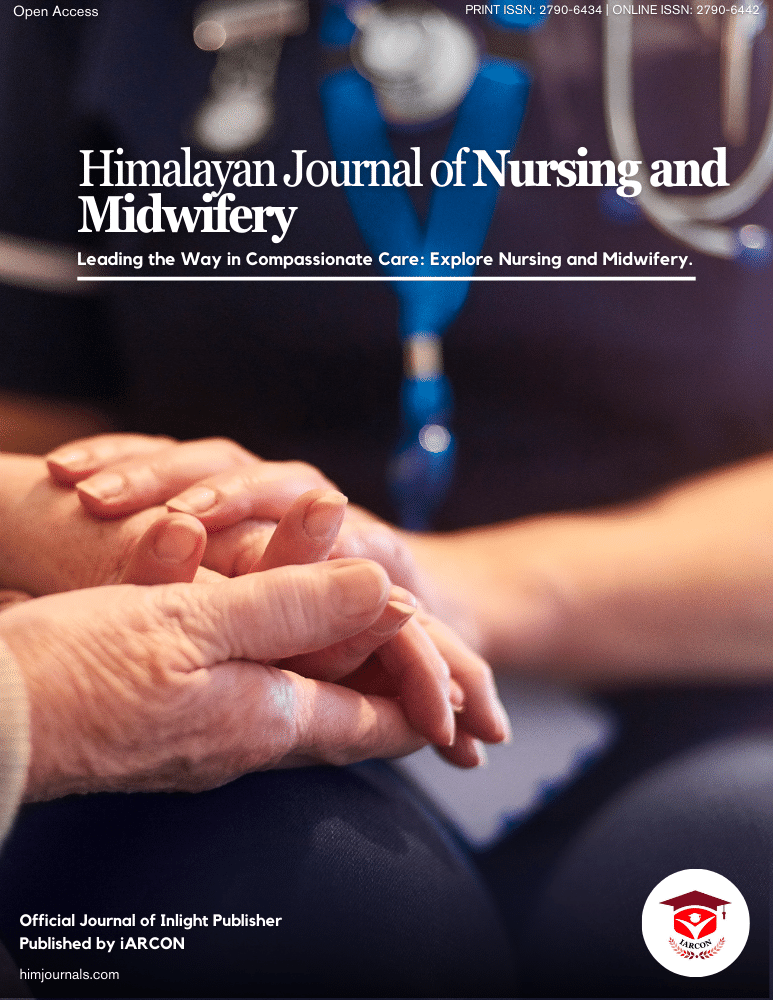Self-Care Practices in Primary Dysmenorrhea among Nursing Students at AL- Diwaniyah Governorate
Objective: To evaluate nursing students' self-care practices during primary dysmenorrhea.
Methodology: Students pursuing a Bachelor of Science in Nursing at the College of Nursing in the Governorate of Al-Diwaniyah participated in a descriptive study selected by non-probability convenience sampling technique from February to July 2023 .The students enrolled in the study from first through fourth grades who reported having dysmenorrhea, or menstrual pain, during their previous three periods. Students with known pelvic pathologies were not allowed to participate. Information gathered using the relevant literature was concerned in the development of a semi-structured questionnaire. It included socio-demographic information and self-care techniques for students to treat primary dysmenorrhea, to which categorical answers (Yes, No) were applied. SPSS version 27 was used for the data analysis process. The results of the study were presented using descriptive statistics, such as frequencies and percentages.
Results: The students' demographic characteristics. As for age (29%) of the students were between 21-23 years age group with (22%) of them were studying in the second year of the academic program and (68%) of them were urban residents. Regarding menstrual characteristics (47%) of participants 5 days and less their menstrual flow duration, about (62%) of the study participants reported regular menstruation. Additionally, about (66%) of participants reported a family history with primary dysmenorrhea. Students' self-care practices showed that applying a warm compress or hot water bag to relieve dysmenorrhea pain was the most common non-pharmacological method (78%), followed by relaxing or resting on the bed (70%). As far as the students' pharmacological practices for treating primary dysmenorrhea, the most often used analgesic was paracetamol (84%) followed by mefenamic acid (53%) and ibuprofen (35%) as the least often used analgesics.
Conclusions: proactive and successful self-care techniques that enhance participants' quality of life and educational experience. The students used a variety of non pharmacological and pharmaceutical self-care techniques, such as applying a warm compress or hot water bag, relaxing in bed for a while, and using paracetamol as an analgesic, to relieve pain during primary dysmenorrhea.
Recommendations: It's critical to educate women about the causes, therapies, and appropriate self-care practices associated with primary dysmenorrhea. Promoting health professional consultation is necessary to assist students experiencing primary dysmenorrhea.

